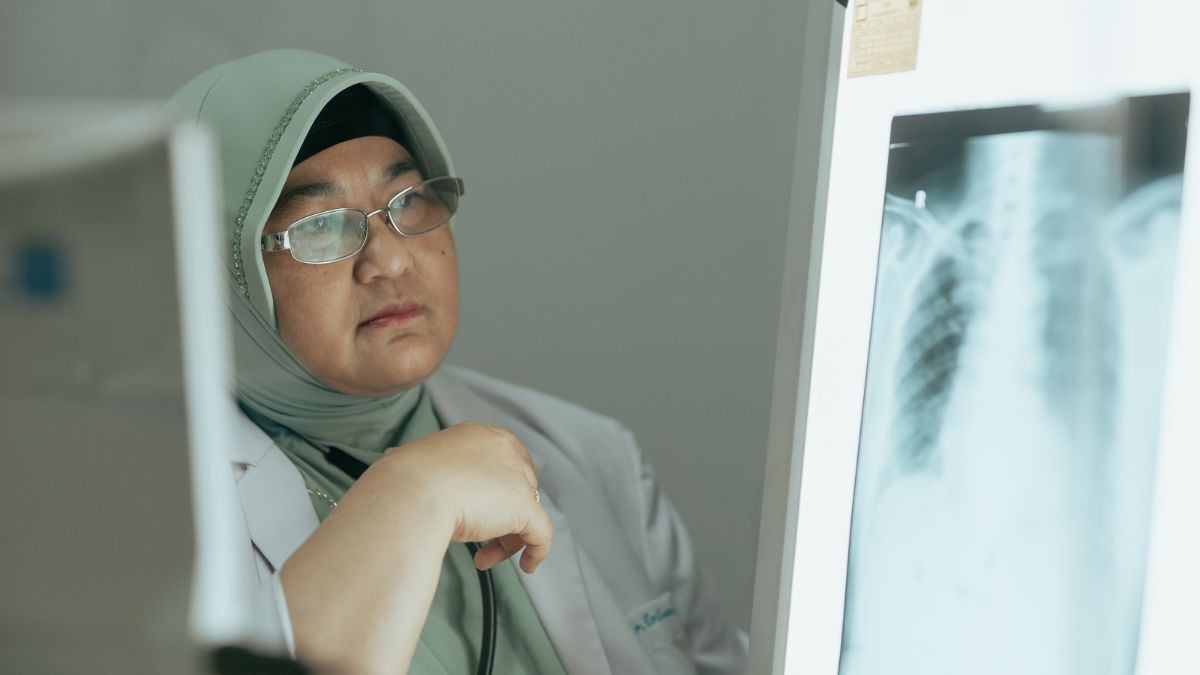
Indonesia is one of just eight countries that together account for more than two thirds of worldwide tuberculosis (TB) cases. Jakarta based pulmonologist Erlina Burhan is waging a continuing battle to combat the disease, raise awareness and challenging the current standard of thinking about how to deal with TB.
We’re still focusing on detecting active cases and treating them, but we’re not putting the effort into prevention…we need to change our way of thinking.
Erlina Burhan, MD, MSc, PhD, Persahabatan Hospital and Universitas Indonesia’s Faculty of Medicine
We need to involve others – influencers, artists, celebrities – to urge people to know their TB status and get tested if they have symptoms.
Erlina Burhan, MD, MSc, PhD, Persahabatan Hospital and Universitas Indonesia’s Faculty of Medicine
People will still say things like, ‘Don’t be friends with that family’. Many people think TB is inherited from parents.
Erlina Burhan, MD, MSc, PhD, Persahabatan Hospital and Universitas Indonesia’s Faculty of Medicine
The COVID pandemic started in early 2020 and by the end of the year a new vaccine was already developed. Why can’t we do that for TB?
Erlina Burhan, MD, MSc, PhD, Persahabatan Hospital and Universitas Indonesia’s Faculty of Medicine
No one’s safe until everyone’s safe. But we’re getting there.
Erlina Burhan, MD, MSc, PhD, Persahabatan Hospital and Universitas Indonesia’s Faculty of Medicine
November 2023




